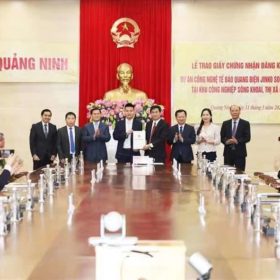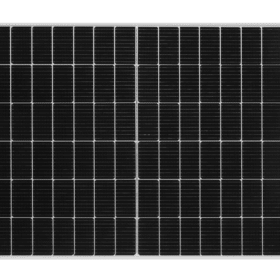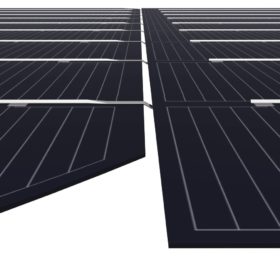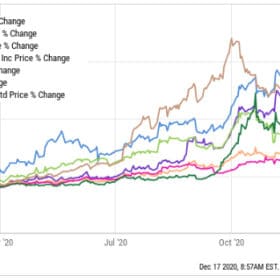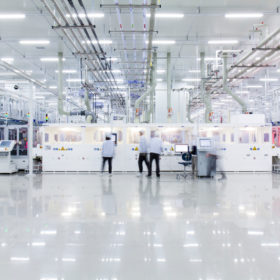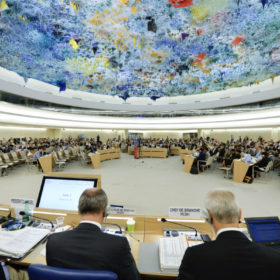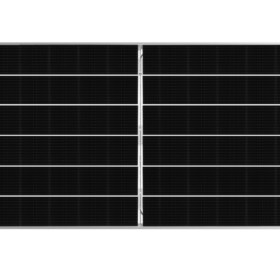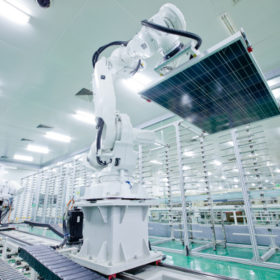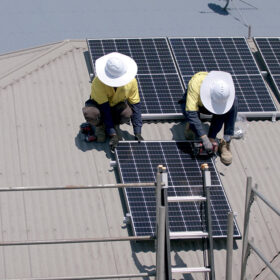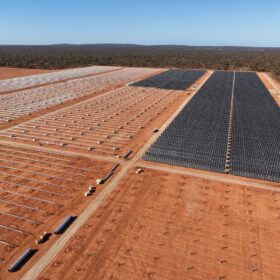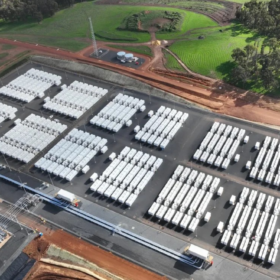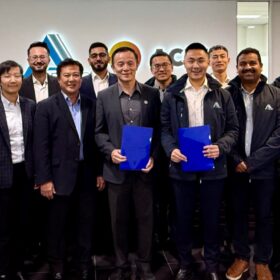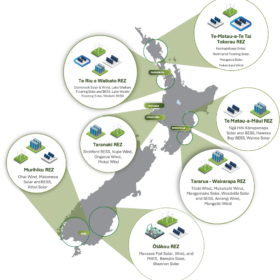JinkoSolar builds 7 GW wafer factory in Vietnam
The new factory should begin production within six months and serve the company’s cell and module assembly factories in Malaysia, as well as the module assembly facility in the United States.
JinkoSolar unwraps 415 W PV panel for rooftop applications
The new, Tiger Pro 54HC panel is based on a 182mm, 54-cell design and exhibits an efficiency of up to 21.3%. The manufacturer claims the new product is particularly suitable for residential projects in high snow or high wind load areas.
Saturday read: Clever by half
Enhanced module appearance and power output can be achieved by a smart cell interconnection technique Longi is employing in its Hi-MO5 module series. But as with all new technologies, there are potential pitfalls.
Solar stocks finish as 2020’s hot ticket
In spite of this year’s tumult, many solar companies’ stock prices have seriously soared – with a number of companies seeing their share price quadruple in the last year.
Hanwha Q-Cells moves to enforce recall of products found to infringe IP in Germany
The Korean manufacturer has announced that it wants to enforce the recall of products made by rivals Jinko Solar, Longi Solar and REC Group that were deemed by the regional court of Düsseldorf in June to have infringed a passivation technology patent. The recall applies to products sold since January last year in Germany.
Business & Human Rights Resource Centre investigates human rights issues in solar, wind
An assessment of the human rights performance of the world’s leading solar and wind power companies has painted a grim state of affairs, with the only dedicated solar manufacturer analyzed scoring 7%.
Hanwha Q-Cells wins patent litigation against JinkoSolar, REC Solar and Longi in Germany
The Düsseldorf Regional Court has agreed Chinese rivals of the Korean manufacturer illegally used its patented passivation technology. The judges granted Hanwha Q-Cells an injunction which requires Jinko, REC and Longi to retrieve all modules featuring the patented technology distributed in Germany since late January last year. Hanwha can also opt to have the offending products destroyed.
Jinko launches PV module with record output of 580 W
The panel is part of the company’s new Tiger Pro series, which includes two 530 W modules and a 430 W product for distributed-generation applications. It will begin production of the series in the fourth quarter, although it will start accepting first orders immediately.
Jinko claims two more efficiency records for bifacial panels
The Chinese manufacturer has achieved conversion efficiencies of 21.82% and 22.49% for its p-type PERC and n-type HOT bifacial panels, respectively. The results were confirmed by Germany’s TÜV Rheinland.
Solar cells from space are on the way
A team at the U.S. National Renewable Energy Laboratory has come up with a new process that would reduce the production cost of highly expensive – and highly efficient – gallium arsenide cells.
